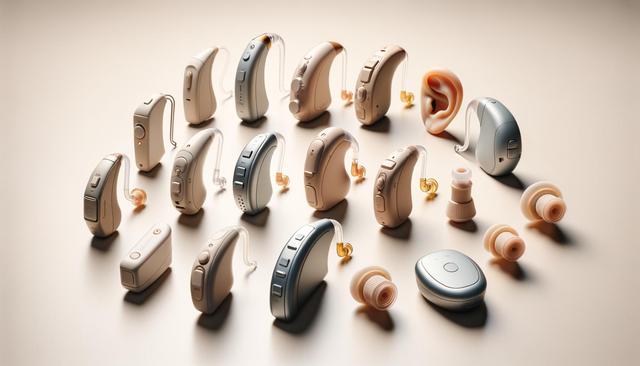Recognizing the Common Signs of Gradual Hearing Loss
Hearing loss often develops slowly over time, making it difficult for individuals to notice the change right away. Understanding the common signs of gradual hearing loss is the first step toward seeking appropriate support. Some of the typical indicators include needing to increase the volume on the television or phone, frequently asking others to repeat themselves, and finding it challenging to follow conversations in noisy environments.
Other signs might include:
- Difficulty hearing high-pitched sounds, such as birdsong or children’s voices
- A sense of muffled hearing or blocked ears
- Fatigue from trying to concentrate during conversations
Recognizing these signs early can make a significant difference in preventing further auditory decline and maintaining strong social connections. Consulting a hearing specialist promptly can lead to timely interventions and the opportunity to explore effective hearing solutions.
How Hearing Aids Improve Communication and Focus
Modern hearing aids are designed to do more than just make sounds louder. They enhance communication and cognitive focus by filtering background noise and amplifying speech frequencies. This makes it easier to engage in conversations, whether in quiet settings or bustling social environments. For many users, this leads to improved confidence and reduced mental strain.
Some benefits of using hearing aids to improve communication and focus include:
- Clearer speech recognition in group settings
- Reduced effort in listening, helping to conserve mental energy
- Better engagement in work, family, and social activities
By supporting auditory processing, hearing aids can also help reduce feelings of isolation, especially for individuals who have been withdrawing from conversations due to hearing difficulties. Over time, this can contribute to better emotional well-being and mental clarity.
How to Choose the Right Hearing Device for Your Lifestyle
Selecting the most suitable hearing aid involves considering your daily activities, hearing profile, and personal preferences. There are various models and technologies available, each tailored to specific needs. Understanding how to choose the right hearing device for your lifestyle ensures long-term satisfaction and optimal performance.
Key factors to consider include:
- Your typical listening environments (quiet, noisy, outdoor)
- Whether you need connectivity with smartphones or other devices
- The importance of discretion and comfort in the device design
Working with a hearing care professional can help you navigate these options effectively. They can conduct hearing tests, explain the features of different models, and recommend devices that align with your communication needs and routines.
Support from Hearing Aid Providers Offering In-Clinic Assistance
Personalized service can make a significant difference when adapting to new hearing aids. Hearing aid providers offering in-clinic support give users the chance to receive hands-on assistance, real-time adjustments, and personalized care. These services are particularly helpful during the initial fitting stage and follow-up appointments.
In-clinic support typically includes:
- Comprehensive hearing assessments
- Custom programming of devices for individual hearing profiles
- On-site troubleshooting and repairs
This ongoing support helps users feel more confident about their hearing care journey. It also ensures that the hearing aids continue to meet their needs as their hearing or lifestyle changes over time. Regular check-ins and updates to the device settings can optimize performance and comfort.
Flexible Payment and Personalized Fitting Options
Hearing aids are a valuable investment, and accessible solutions are important for many individuals. Today, many hearing care providers offer hearing solutions with payment flexibility, allowing users to spread costs over time. This helps make high-quality hearing devices more attainable, particularly for those on a fixed budget.
In addition to financial options, hearing devices with personalized fitting options are now more common. These features ensure that the device not only fits securely and comfortably but also aligns with the user’s specific hearing threshold and preferences. Custom molds, adjustable settings, and adaptive sound technologies are part of this tailored approach.
When evaluating hearing aid providers, consider those that offer:
- Interest-free financing or subscription plans
- Trial periods and satisfaction guarantees
- Flexible return policies in case of adjustments
Combining personalized fitting with payment flexibility enhances the overall value and usability of hearing aids, making it easier for individuals to prioritize their hearing health.
Conclusion: Moving Toward Better Hearing and Quality of Life
Recognizing the early signs of hearing loss and taking action can lead to meaningful improvements in daily communication and focus. Whether you’re exploring how hearing aids improve communication and focus or considering how to choose the right hearing device for your lifestyle, today’s hearing solutions are designed with adaptability and user comfort in mind. With support from hearing aid providers offering in clinic support and access to hearing solutions with payment flexibility, individuals can confidently manage their hearing health. Personalized fitting options further ensure that each device meets the unique needs of its user. Taking the step toward improved hearing opens the door to clearer conversations, increased confidence, and a more connected life.




Leave a Reply